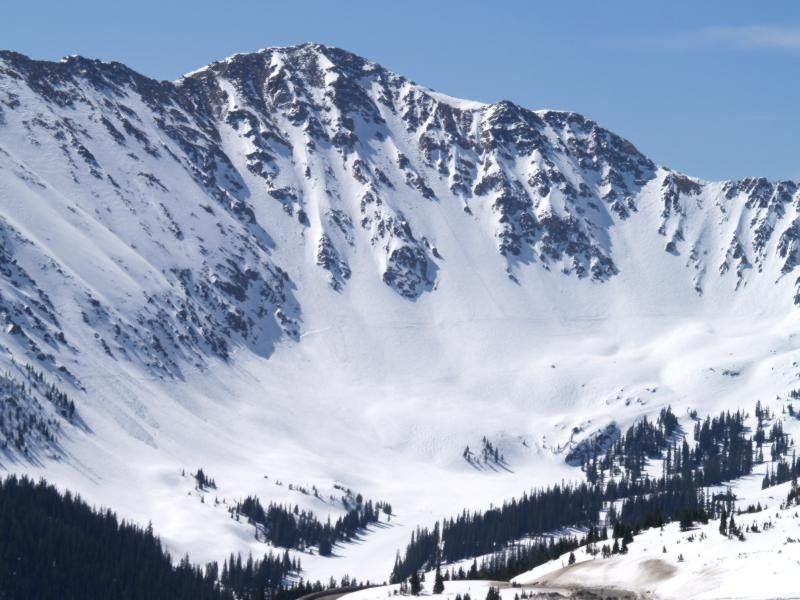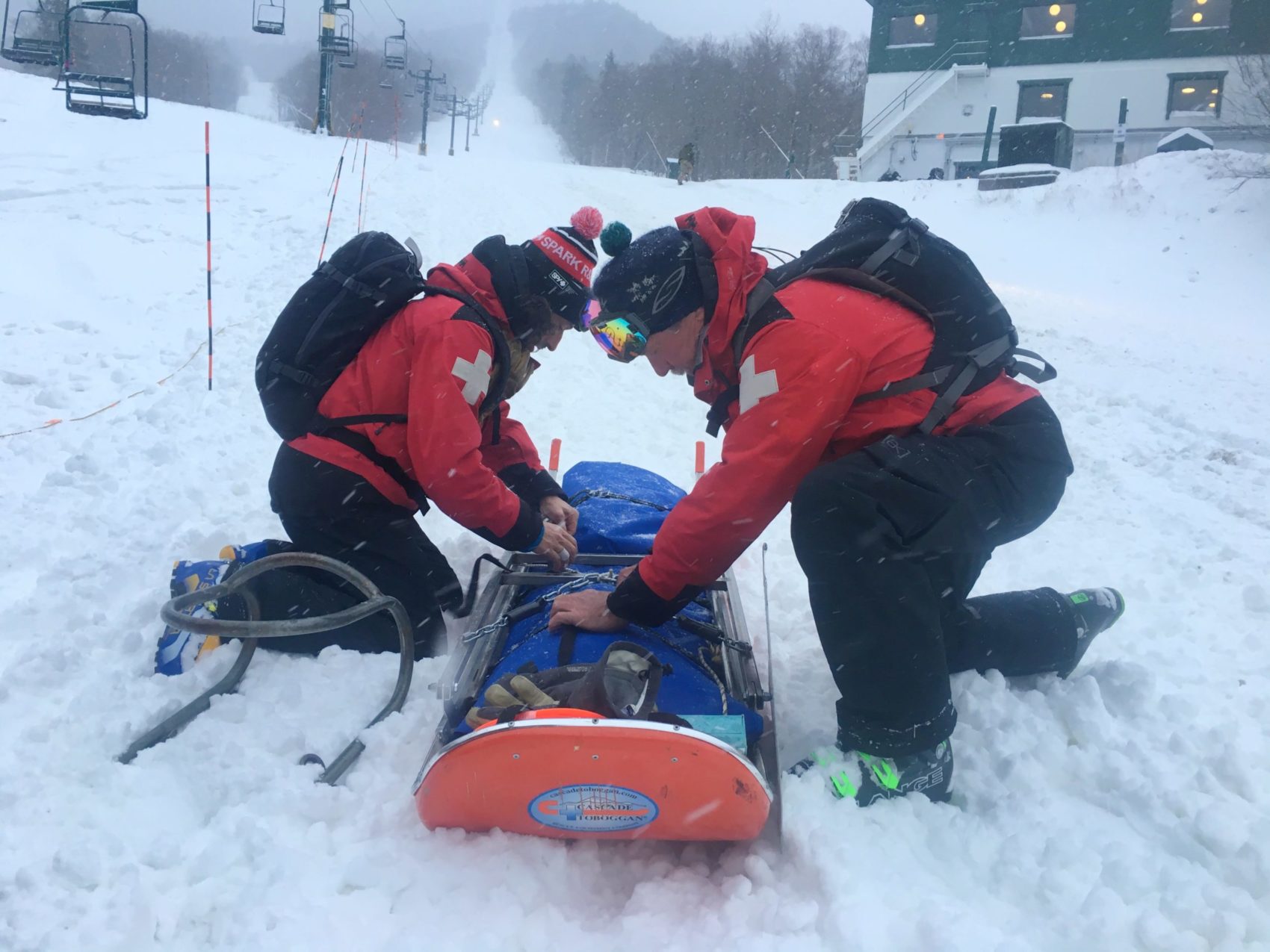
HAPE (High Altitude Pulmonary Edema) is a major cause of death at altitudes over 8,200 feet, though there have been cases of HAPE as low as 4,900 feet. HAPE occurs when fluids build up in the lungs due to the body’s response to an increase in altitude. When left untreated, HAPE has a high mortality rate.
In the western United States alone, there are over 50 ski resorts with a peak elevation over 8,200 feet. There are an additional 36 resorts in the United States with a base area above 8,200 feet. Many people do not consider the deadly consequences of a rapid increase in altitude that can occur with travel from a low elevation area to a ski resort, however, about 1 in 10,000 skiers who travel to moderate altitudes experience HAPE. One Colorado resort located at 9,000 feet reported 150 cases in 39 months.¹

The symptoms of HAPE include shortness of breath, weakness, cough and chest congestion. Signs of HAPE may include wheezing and blue-tinged lips. These signs and symptoms worsen over time as fluid continues to build up in the lungs. The most effective treatment for mild symptoms of HAPE is a descent in altitude of at least 1,000-3,000 feet while avoiding physical exertion and cold. Physical activity and exposure to cold worsen symptoms. For more serious cases, medical intervention is necessary to prevent death.

Fortunately, there are steps that can be taken to prevent HAPE. The Wilderness Medical Society recommends an average ascent rate of no more than 1,600 feet per day at altitudes greater than 9,000 feet. The WMS also recommends a rest day before or after days with large elevation gains. When traveling from a low elevation area to higher altitudes, it is a good idea to plan a rest day, drink plenty of water, and avoid alcohol.
¹ Paul S. Auerbach, Wilderness Medicine (Amsterdam: Elsevier, 2017), 20–25.